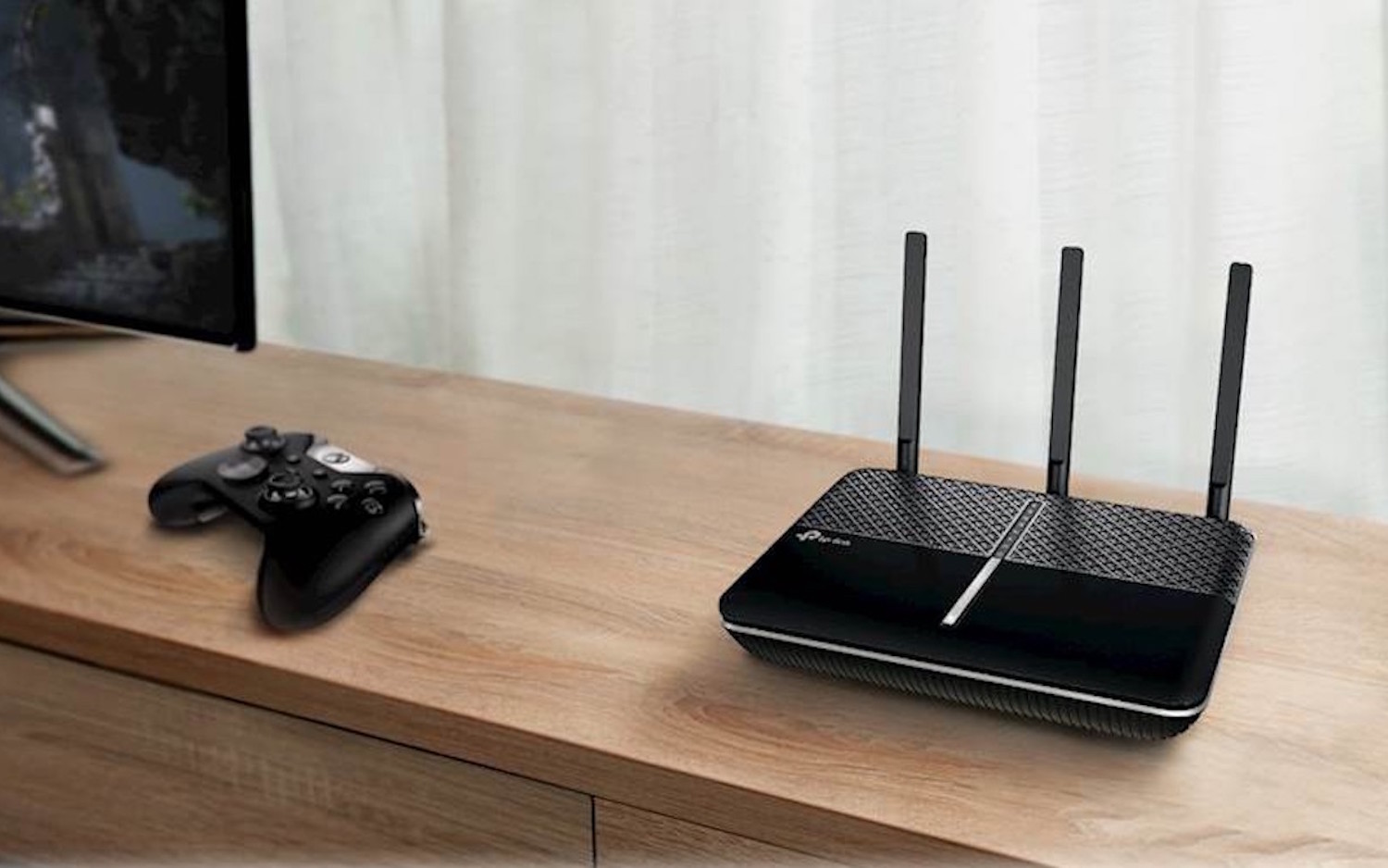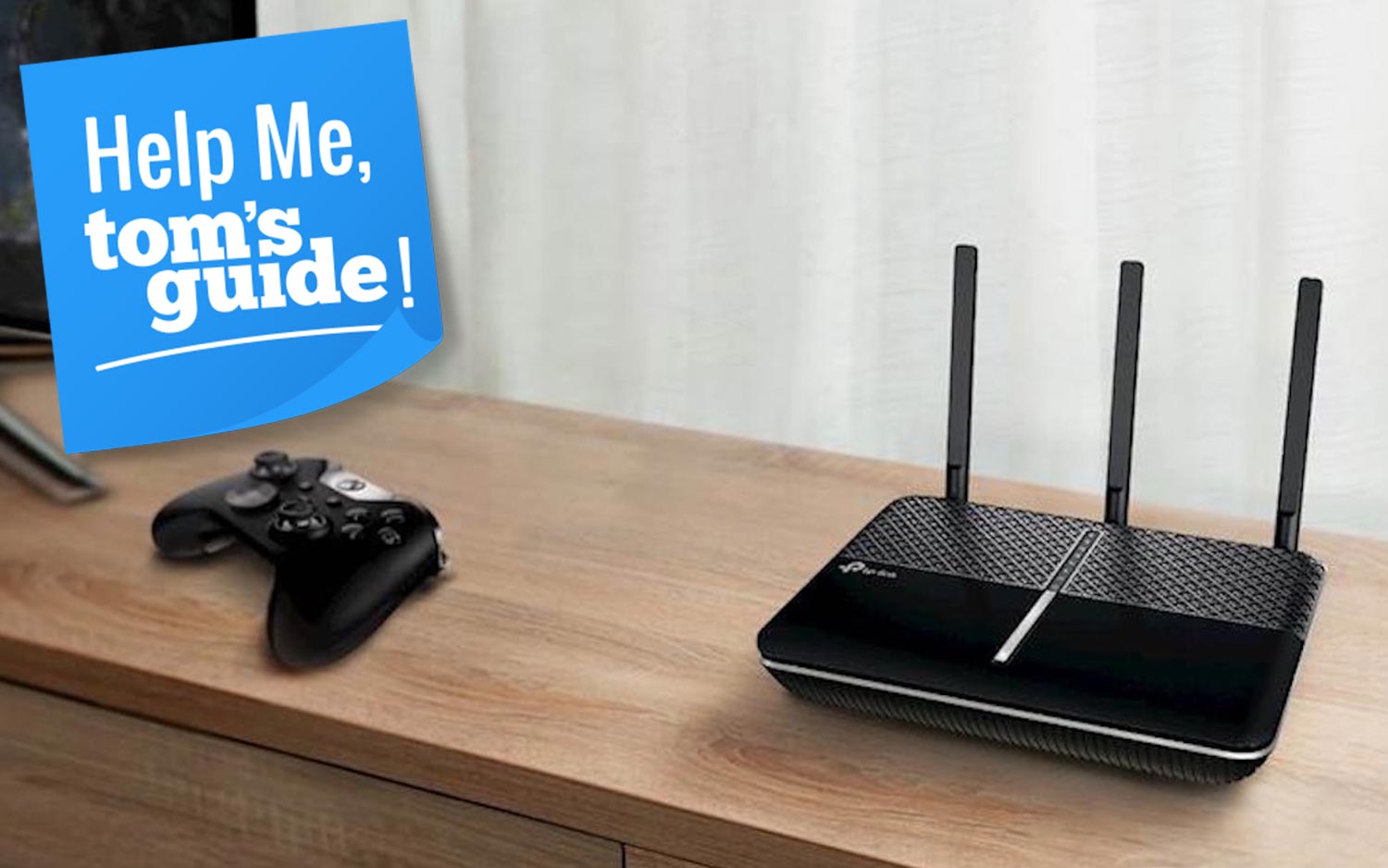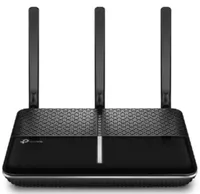Help Me, Tom's Guide: How to Future-Proof My Router Purchase?
Looking for a router that handles all your devices and will keep going strong for years? We've got the buying advice you need.

Buying networking gear can get confusing, with all of the numbers and acronyms that you'll see on packages and marketing materials.

Forum user thiccafyeetingatw wants to get a new router but wants to boil things down to what's really important:
Although there are some other specifics it can be good to take into account – like how big your home is, or what your usual online behavior is like – the basics will be the same, regardless. If you're in the market for something that will handle several devices on Wi-Fi and last more than a couple of years, here's what you need to know.
More devices, more problems
Older routers were made to handle only one or two devices at a time. That made sense when your only connected devices were a laptop and a smartphone, but once you add a smart TV, gaming console and half dozen smart-home devices to the mix, it stops making sense. Older routers on the wireless A, B, G and N standards are single-user devices, so additional devices connect and are added to a queue, taking turns for connectivity, which slows down every device on the network.

Modern routers use multiple-user, multiple-input, multiple-output technology, also called MU-MIMO for short, but sometimes called 802.11ac Wave 2. While some of the first Wireless AC routers were still single-user devices, anything that's come out in the last two or three years should include MU-MIMO capability. Nearly all of our current top picks have it – the one exception being our budget pick Netgear R6220 – so you can't go wrong with any of the recommendations on our best picks page.
Our top pick is the TP-Link Archer C2300. For less than $150, you can get category-leading performance, a strong feature set, robust security, a full-featured management app and a two-year warranty. It's also one of the more affordable routers on the market right now.
Bandwidth and bottlenecks
But your router is only part of a larger equation. You'll also need to consider your bandwidth. Multiple devices can chew through data much faster than a single phone or laptop, and if your bandwidth isn't up to it, you'll still be slowed down when you start connecting several devices to your network.
Get instant access to breaking news, the hottest reviews, great deals and helpful tips.
MORE: How Much Internet Speed Do You Need?
For eight simultaneous devices, we'd recommend a bare minimum of 50 Mbps, but more realistically, you'll want a plan that gives you at least 100 Mbps down for optimal speeds. And that's just for average users. If your household has several heavy streamers, gamers or downloaders, you may want to increase those speeds, or even look into Gigabit-speed internet. Gigabit-speed internet is offered in many areas, and will crank up the download speeds to 1,000 Mbps, making it ideal for multiple users and bandwidth-gobbling devices. Most new routers support it, but chances are high that your modem doesn't.
Wi-Fi for this year and next
The good news is that networking gear is among the best bets in consumer electronics for long-term viability. With wireless standards that see only significant updates once or twice in a decade, you're safe to buy something now that will keep doing the job over the next five years of use.

For starters, you're fine with 802.11ac, especially if you opt for the MU-MIMO capability we recommended above. The older 802.11n wasn't published until 2009, a full two years after early adopters started using it. The next major iteration, 802.11ac, was published in 2013. Wireless AC is set to be the mainstream standard for some time.
The first 802.11ax devices are just now making it to market, but they're still using an early version of the new protocol. The official standard for this next-gen Wi-Fi isn't set to be published until 2019, and it's a big enough leap forward that you won't be able to take full advantage of its expanded capability for several years yet.
Networking gear lasts and lasts
The other issue is the longevity of the hardware, and this is where you can really score. Because routers have very few moving parts – usually just the antennas, which can be cheaply replaced – routers never really wear out; they get phased out as standards improve and consumer needs change. As a result, you can expect any router you buy to still be in working order whenever you choose to replace it, whether that's two, five or 10 years down the road.
It also means that buying a refurbished or used unit is a no-brainer, and old hardware can be recycled or repurposed. You can save yourself a fair amount of money buying used, and as long as you take the time to reset your passwords and update your firmware, you'll be good to go.
Credit: TP-Link
Brian Westover is currently Lead Analyst, PCs and Hardware at PCMag. Until recently, however, he was Senior Editor at Tom's Guide, where he led the site's TV coverage for several years, reviewing scores of sets and writing about everything from 8K to HDR to HDMI 2.1. He also put his computing knowledge to good use by reviewing many PCs and Mac devices, and also led our router and home networking coverage. Prior to joining Tom's Guide, he wrote for TopTenReviews and PCMag.


